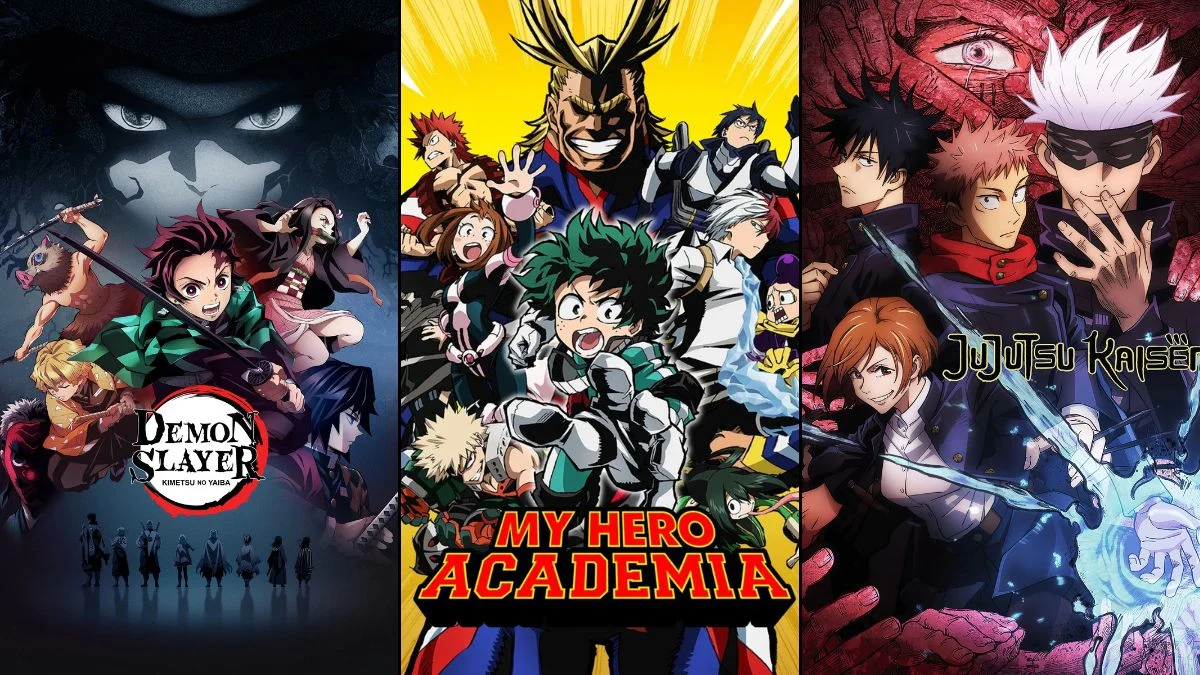
Certain anime stories are so well-developed, they practically play like movies even before production begins. These shows often feature immersive worlds, characters driven by strong motivations, and storylines that flow like a well-made film. The best anime projects are complete narratives with striking imagery, and they’re designed with practical filmmaking in mind – things like limited settings or effects that can be achieved without relying solely on digital animation.
This collection highlights TV series and movies that have already resonated with viewers, have compelling beginnings, and tell strong stories. For each title, we’ve included information useful for production planning, like who created it, the studio involved, release dates, number of episodes, any existing related shows, awards won, and the practical requirements for sets and special effects.
‘My Hero Academia’ (2016–2024)

This anime is based on the popular manga by Kohei Horikoshi and centers around a school where students train to become superheroes in a world where superpowers are common. Produced by Bones, the series has multiple seasons and includes movies, and features a wide range of teachers and students. Storylines often focus on school-related events like sports festivals, work experience placements, and rescue operations, all set within the city and on school grounds.
A live-action movie is in the works with well-known producers. The franchise already has successful products like toys, video games, and displays. The story’s rules keep powers balanced by focusing on physical endurance and official permission, meaning action sequences will be primarily done with real stunts and choreography. Visual effects will be used to highlight special abilities and large-scale moments, but won’t be the sole focus of the action.
‘Demon Slayer: Kimetsu no Yaiba’ (2019–2024)
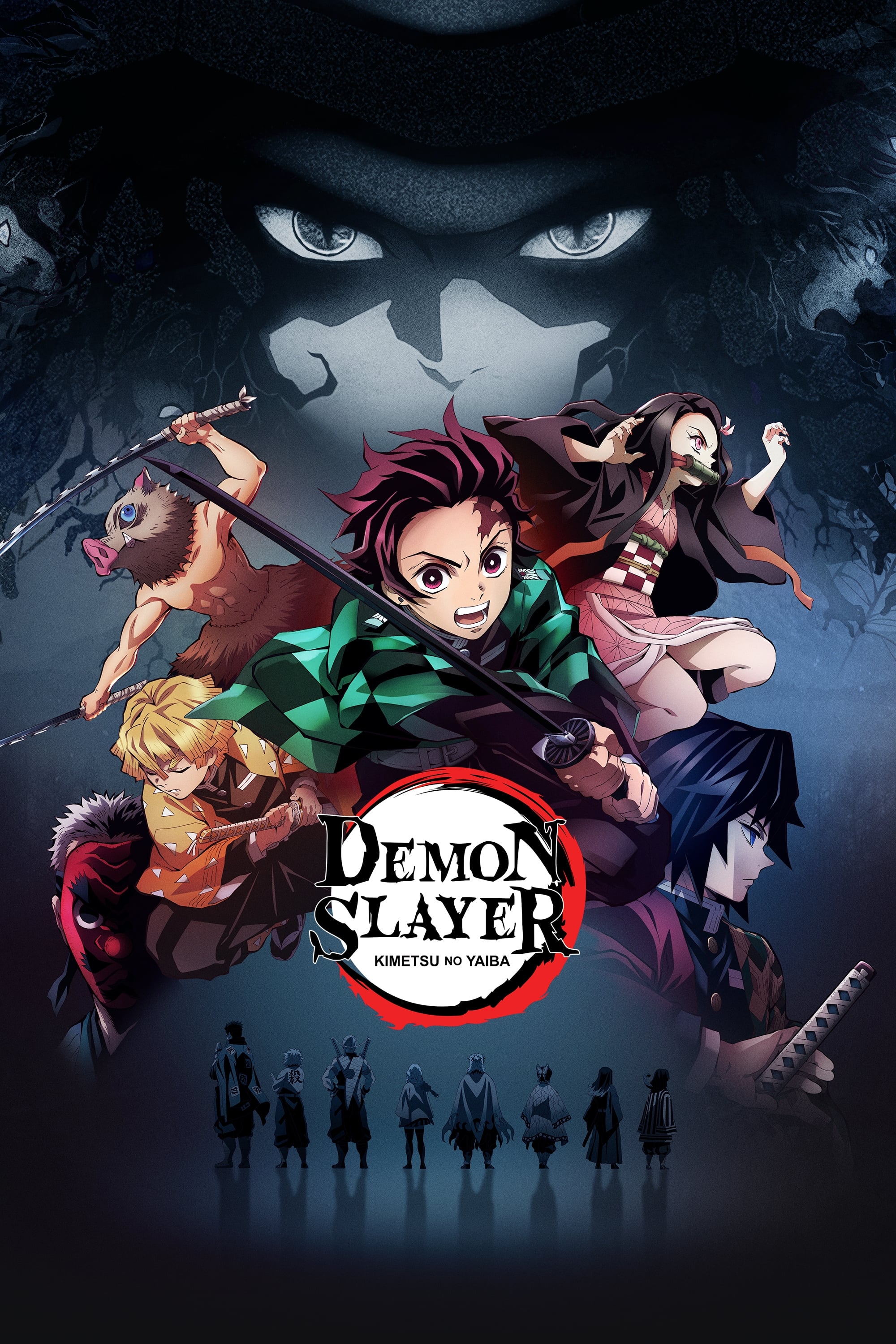
Koyoharu Gotouge’s story, set in early 20th-century Japan, revolves around a group of demon hunters and focuses on the importance of family and unique sword-fighting techniques reminiscent of choreographed battles. The anime adaptation by Ufotable became incredibly popular internationally, and its movie broke records for Japanese films shown around the world. New seasons of the anime continue to cover major storylines, each taking place in a different and visually striking location – from grand mansions and rugged mountains to bustling city areas.
Okay, so this series really nails the world-building. They use a familiar ranking system within the organization, and it’s easy to follow who the bad guys are and what they’re after – it all builds to one big, complete story. What impressed me visually was how much they leaned into historical accuracy with the costumes and sets, which must have made things easier for the production team. And the special effects? They weren’t just flashy; they really brought the unique fighting styles to life and made the environments – think swirling mist, crackling flames, rushing water – feel incredibly real.
‘Jujutsu Kaisen’ (2020–2023)
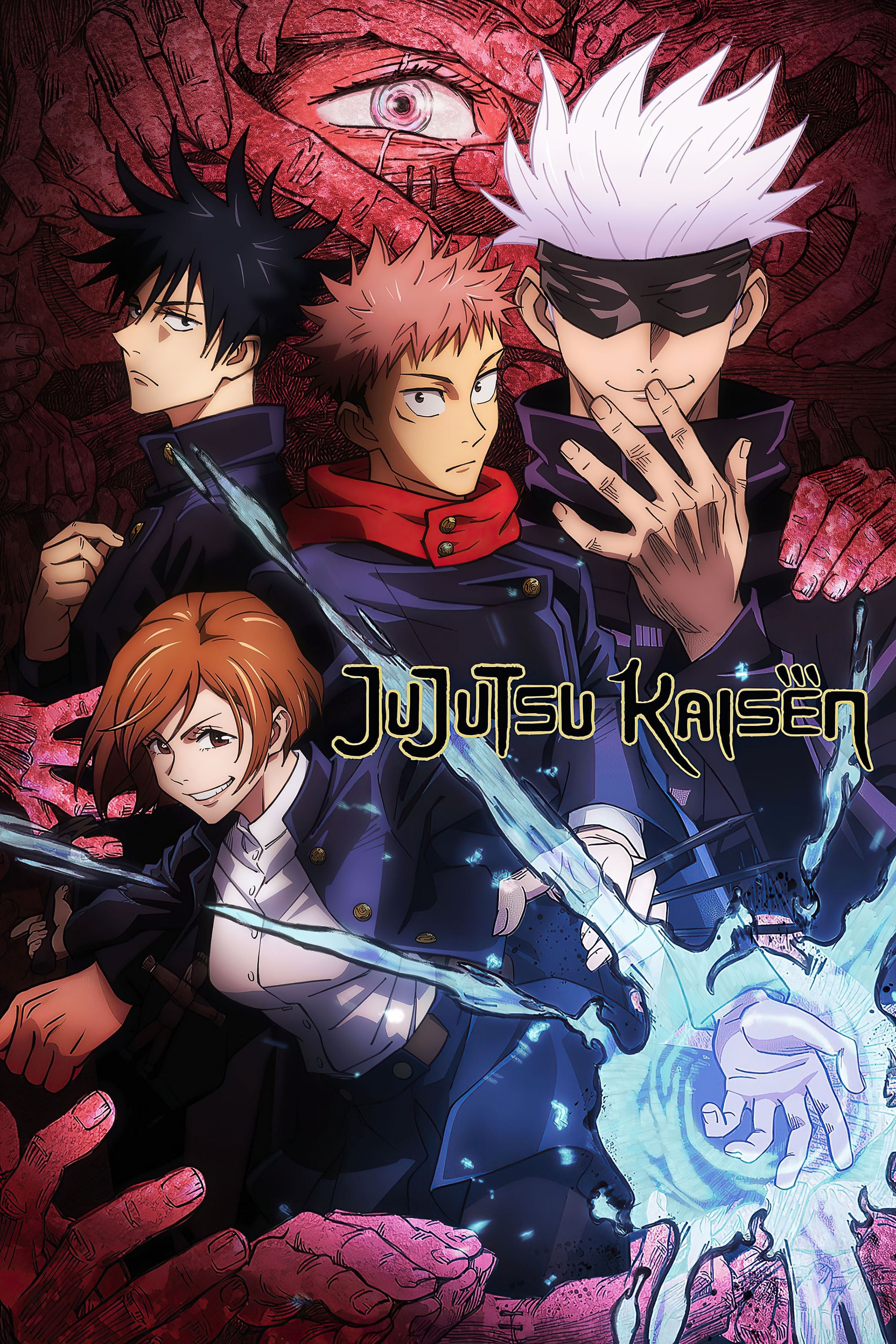
This anime is based on a popular manga and follows students at a school where they learn to combat curses-powerful entities created from negative human emotions. Produced by MAPPA, the series includes a successful prequel movie, ‘Jujutsu Kaisen 0’, which expands the story’s timeline and establishes consistent rules for magic, including pacts, unique battle arenas, and different types of enchanted items.
These frameworks offer screenwriters clear goals and allow films to focus on a specific storyline, such as a single investigation or a competition held in defined locations like schools, prisons, or arenas. Stories within this structure often include clear mentor figures and opposing teams, which support a large cast and opportunities for elaborate action sequences. Visual effects can then emphasize special abilities or create impressive creatures, adjusting in scale to fit the film’s budget.
‘Vinland Saga’ (2019–2023)
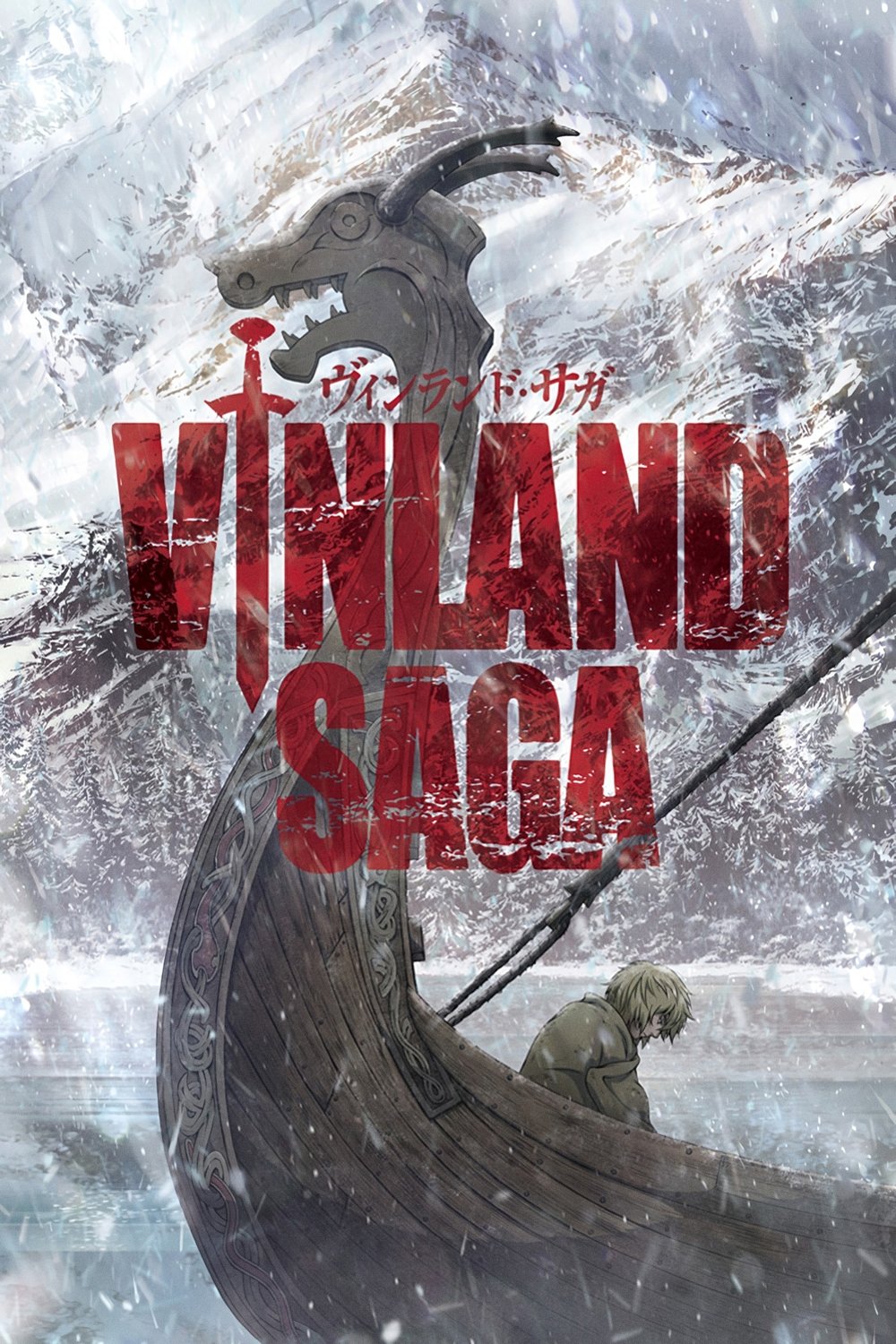
Makoto Yukimura’s sweeping historical story centers on Thorfinn as he journeys through Iceland, England, and Europe during the Viking era. The anime, initially produced by Wit Studio and later by MAPPA, depicts everything from battles as a mercenary and hard work on a farm to complex political schemes – all inspired by real locations and traditions.
Because the show features a lot of ships, villages, and outdoor scenes, filming on location is feasible and helps keep the special effects realistic, focusing on natural elements like weather, water, and battles. The original manga has also received the Kodansha Manga Award, indicating both critical acclaim and a dedicated fanbase that appreciates stories with well-developed characters as well as exciting action.
‘Monster’ (2004–2005)

This series, based on Naoki Urasawa’s suspenseful story, has seventy-four episodes. It centers on a neurosurgeon who travels across Europe, hunting down a previous patient connected to a string of murders. The show unfolds in realistic settings like hospitals and police stations, building suspense through detailed investigation and interviews rather than flashy action.
Several prominent figures in television have already considered adapting this story, proving its potential. A film version could focus on either the Prague or Germany-based storyline, streamline supporting characters with similar roles – such as those who provide information or present ethical challenges – and be filmed primarily on location with limited use of special effects.
‘Psycho-Pass’ (2012–2019)
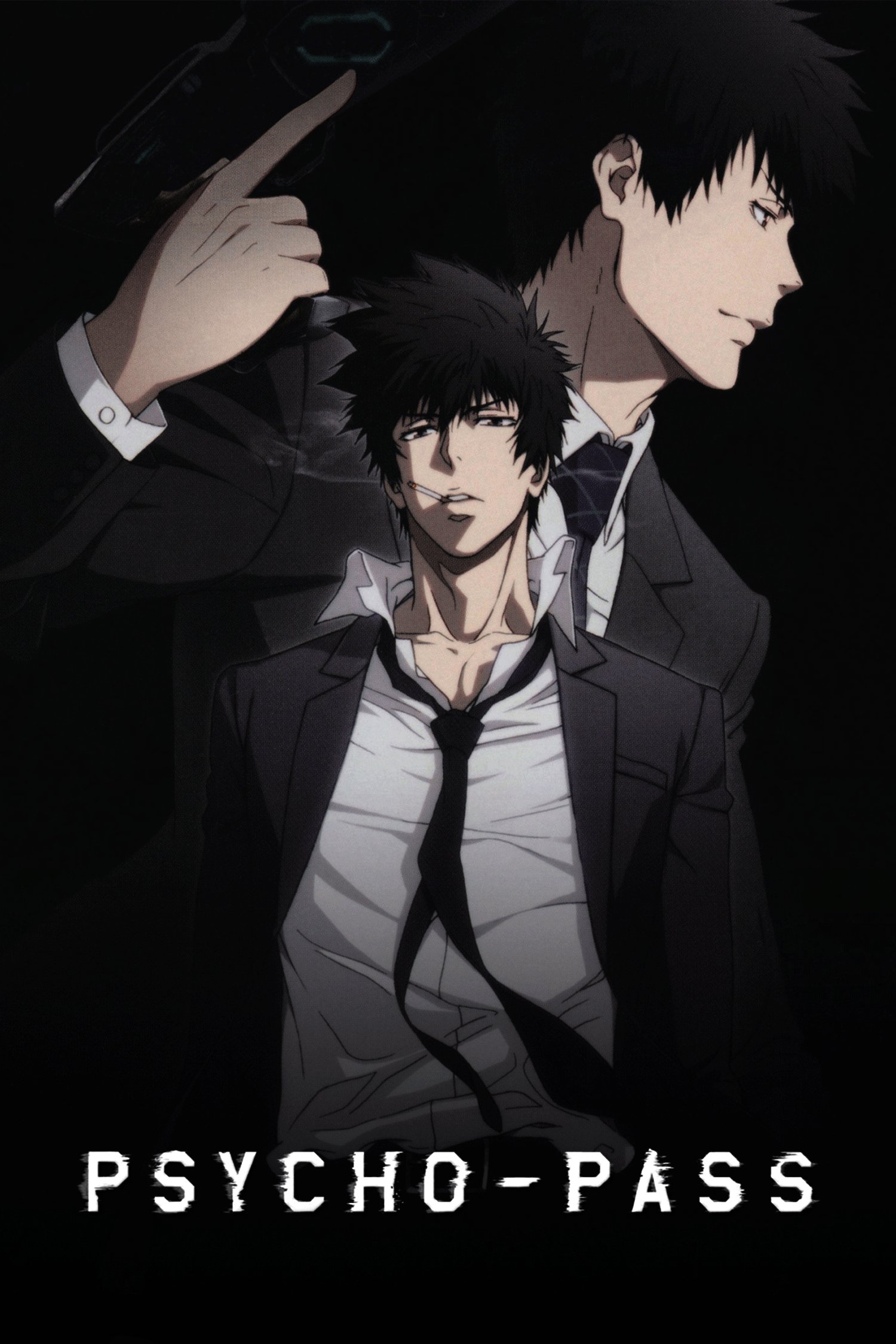
This sci-fi series, created by Gen Urobuchi and animated by Production I.G, is set in the near future and explores a world where a system evaluates people’s mental states and allows the police to intervene. The story has grown into a franchise with multiple seasons and movies, diving deeper into the laws, how crimes are measured, and the work of those who investigate and enforce them.
A movie can be built around one specific instance of a larger system clashing with local rules, letting filmmakers concentrate on a limited location – like a particular neighborhood – and easily managed sets such as control centers, storage areas, and public transportation routes. The visual style is streamlined with consistent props and costumes, and special effects can focus on things like gunshots, digital displays, and city-related graphics.
‘Code Geass: Lelouch of the Rebellion’ (2006–2008)
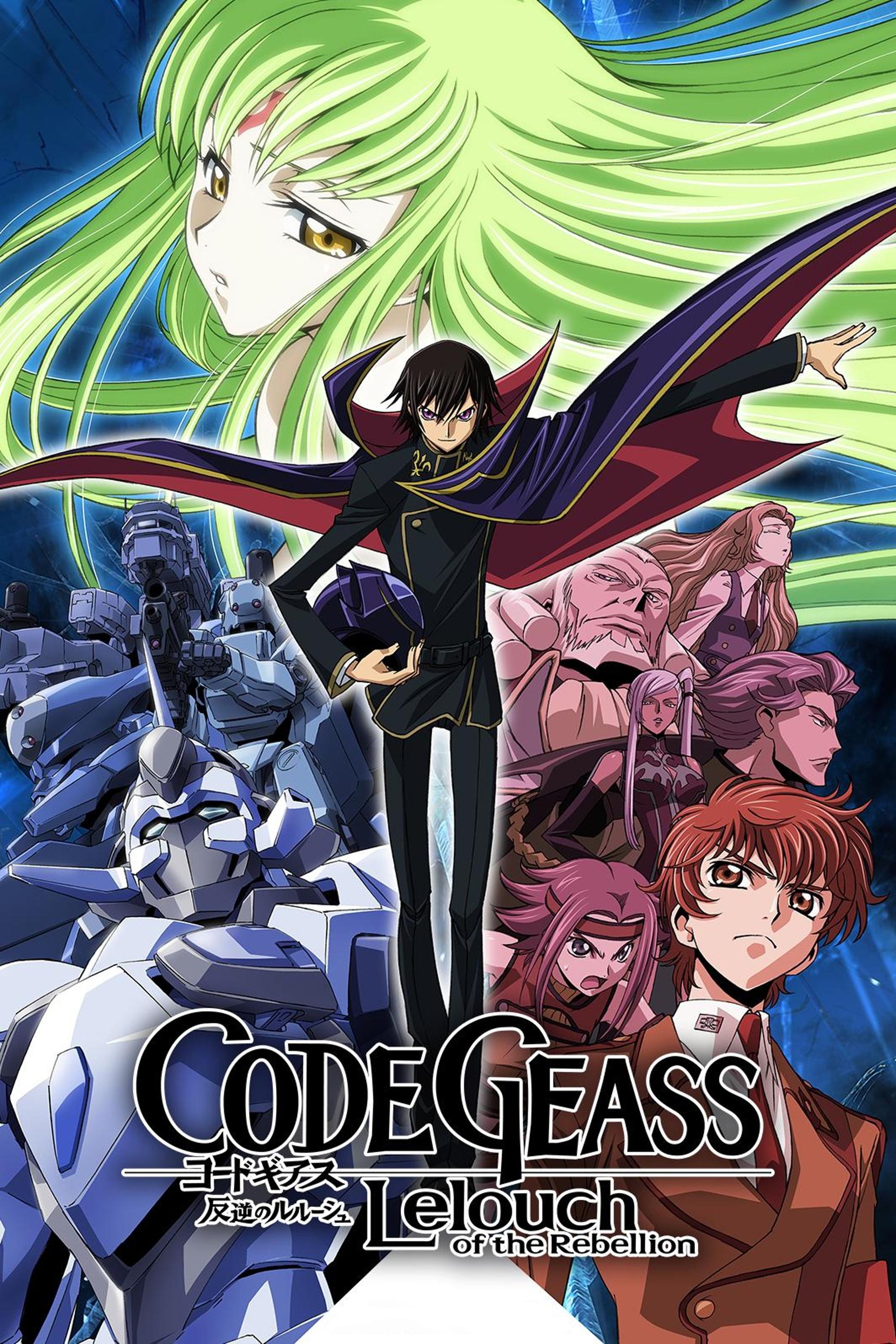
This anime series follows a rebellion, featuring giant robots and a mysterious power that forces people to obey. It’s been adapted into compilation movies and a sequel film, which focus on key storylines involving school life, secret groups, and military battles fought across clear battle lines and around royal properties.
The robots in the show range from detailed cockpit scenes and partial builds to grand, digitally created shots. The story focuses on human drama through political groups and a school setting, which works even when robots aren’t prominently featured. Distinctive masks and symbols help with promotion and the creation of physical props.
‘Berserk’ (1997–1998)
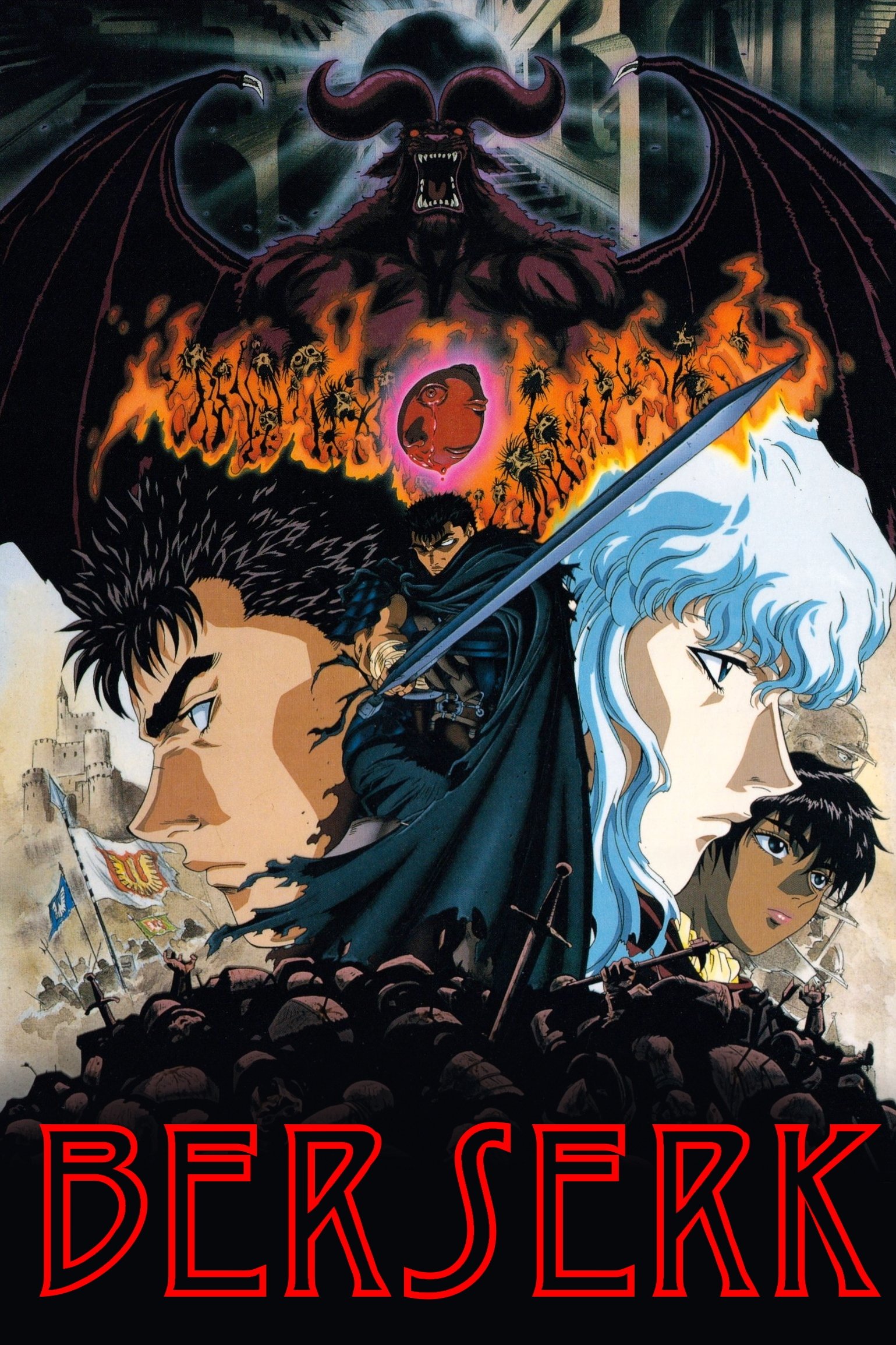
Kentaro Miura’s fantasy story centers on the Band of the Hawk and their adventures during a time of war. The first anime adaptation covers a key period called the Golden Age, and later movies revisit those same events with improved animation. Following that, new seasons of the anime explore what happens next, introducing fresh characters and settings.
The film benefits from sets like castles, camps, forests, and city streets that can be built both on soundstages and outdoors. Real props – armor, weapons, and siege engines – are used for most of the action, while fantastical creatures are saved for a climactic sequence. This approach lets the film focus on strong acting and realistic fight scenes until the very end.
‘Trigun’ (1998)
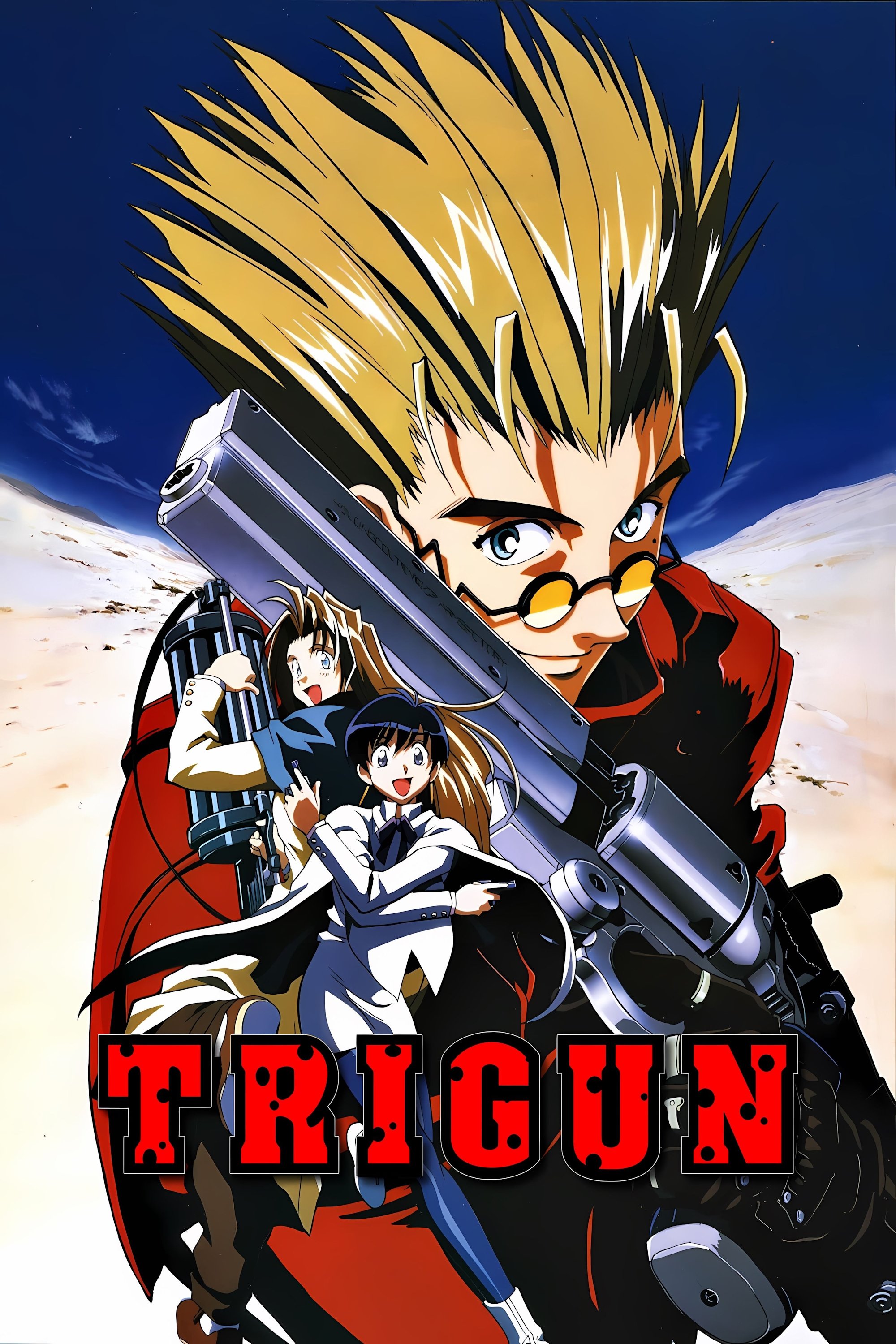
As a huge anime fan, I’ve always been fascinated by Yasuhiro Nightow’s work, especially the story of a gunslinger with a massive bounty hunting across this really cool desert planet. It’s filled with these frontier towns and dominated by powerful corporations. What’s amazing is that it started with a single, fantastic movie, and then years later, they came back with ‘Trigun Stampede’. It wasn’t just a continuation, though – they totally revamped the look of everything and really dug deep into the world’s technology and even the planet’s geology. It felt like a fresh take on a classic!
The game blends the feel of classic Westerns with science fiction elements through its environments – think frontier towns, trains, and factories, all enhanced with futuristic details. The story centers around a conflict between twin brothers and the secrets surrounding powerful energy facilities. Gameplay features exciting action, including gunfights, chases, and carefully orchestrated explosions.
‘Black Lagoon’ (2006–2011)
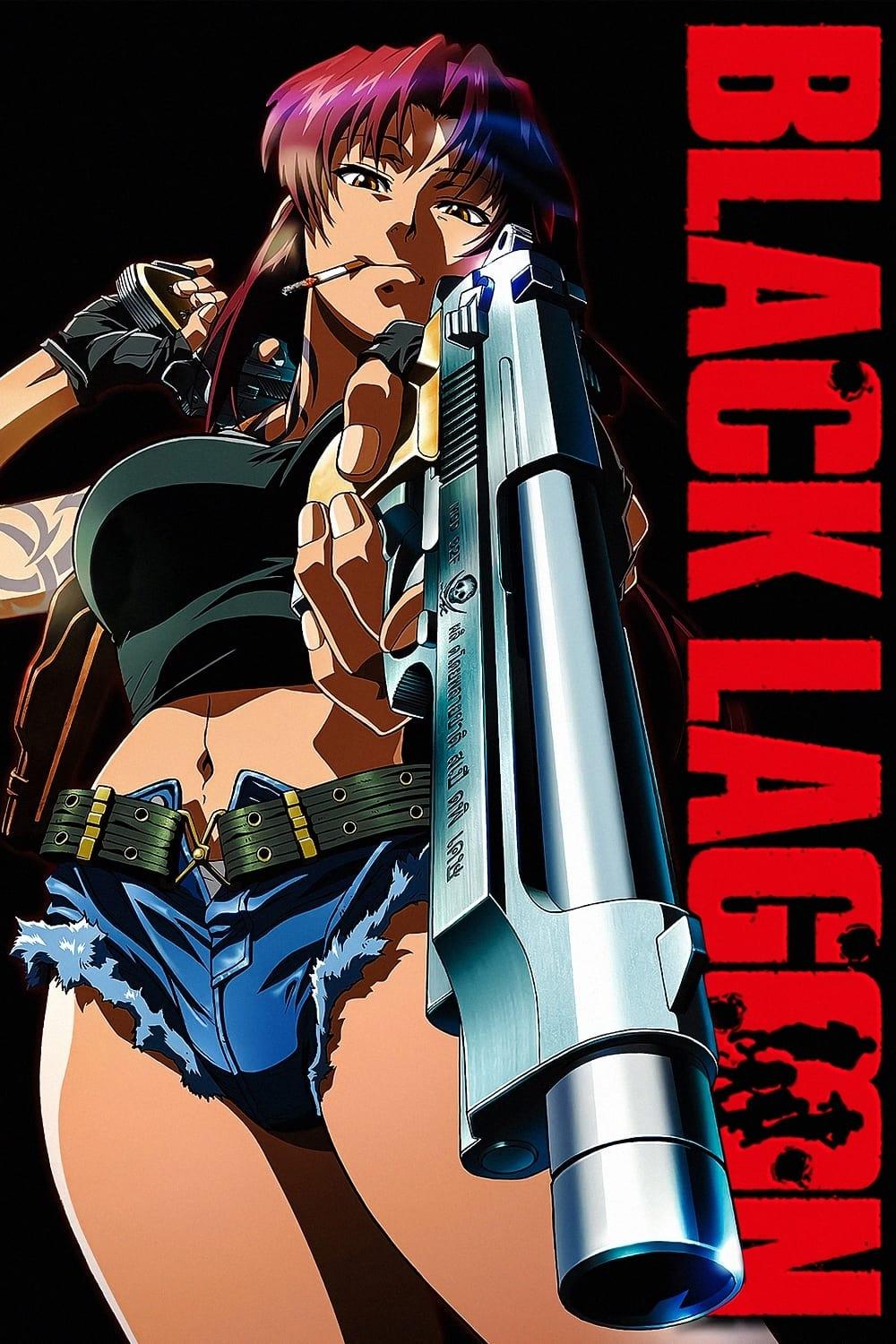
The show centers around a tight-knit team working as couriers and rescue specialists in a dangerous, crime-ridden city. Madhouse created the animation, and a follow-up animated video expanded the story with a five-part arc centered on one particular client and someone constantly hunting them.
The show can be filmed in a variety of locations – docks, bars, large homes, and jungle areas – that are already equipped to support film production. Each episode will focus on a single, self-contained mission with a clear deadline. The weapons and vehicles used will be based on real-world models, allowing experienced stunt performers and weapons experts to handle them safely and realistically.
‘Samurai Champloo’ (2004–2005)
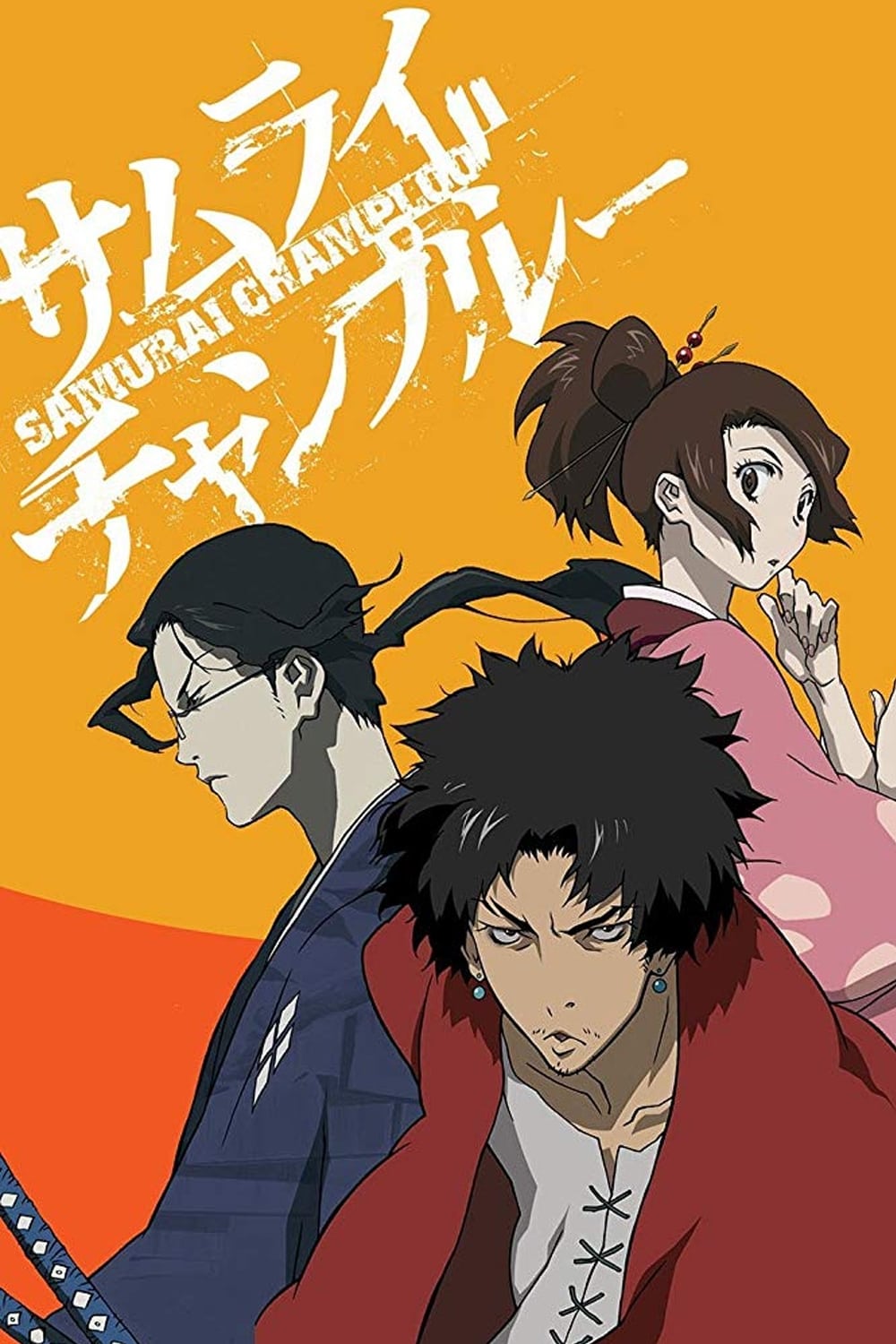
I’m totally hooked on this anime directed by Shinichiro Watanabe! It’s set in the Edo period and follows two swordsmen and a waitress on a journey. They’re searching for someone who smells like sunflowers, which is already a cool premise. Each episode takes them to different places – like cozy inns, lively festivals, and small villages – and they always meet new people caught up in local problems. It’s a really engaging way to tell a story, and I love how each episode feels like its own little adventure.
Filmmakers can save time and money by filming in locations already established by Japanese historical dramas. The film’s music can enhance the action, and training for fight scenes and dynamic movement can easily be incorporated into standard stunt work for period films.
‘Haikyu!!’ (2014–2020)

Okay, so this anime is based on a really popular manga, and it’s all about a high school volleyball team. What I *love* about it is how seriously they treat the matches. The studio, Production I G, does an amazing job of making you feel like you’re watching a real game – you can clearly see the players’ positions, how they rotate, and all the strategy involved. It’s almost like they filmed it live with multiple cameras and carefully planned out every move. It really pulls you in!
The series includes large-scale arena competitions and recent animated movies that conclude significant storylines, creating a feeling similar to a championship event. It also features established teams and locations, with consistent rules for gear and uniforms. The number of characters is comparable to team sports movies, balancing key players with supporting roles.
‘Kuroko’s Basketball’ (2012–2015)

This anime is adapted from a manga by Tadatoshi Fujimaki and centers on the competition between schools, focusing on a team led by a player known for trick plays. Expect exciting matches filled with special moves, strong rivalries, and basketball courts designed with dramatic lighting and consistent setups.
A story arc could center around a single winter competition with just a few rivals, highlighting training and strategic planning. The visuals would be dynamic, emphasizing speed and height, but keep the settings, costumes, and props basic. The music could use modern styles that fit the overall feel of the show.
‘Dr. Stone’ (2019–2023)
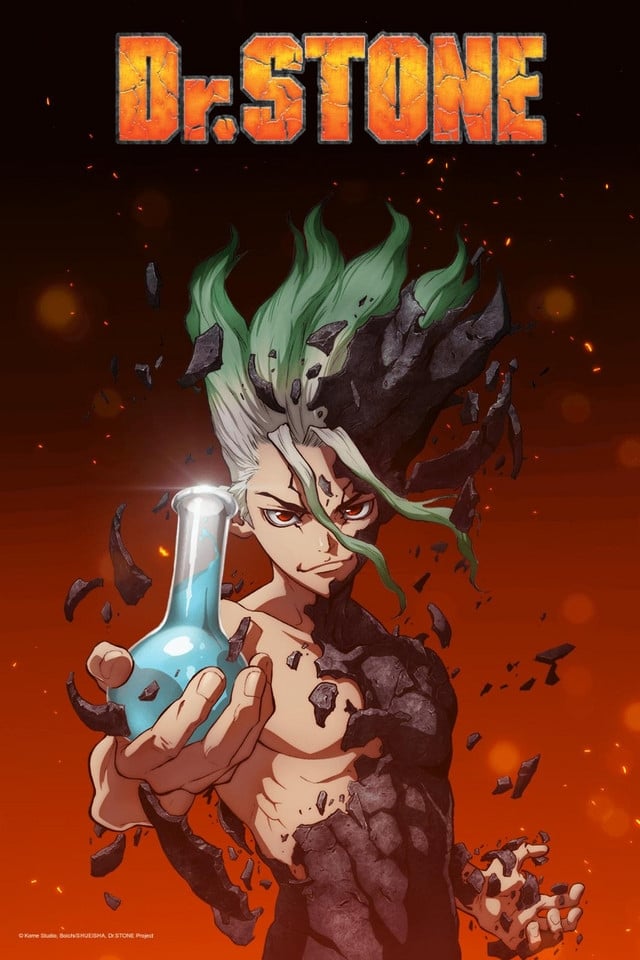
This anime series, created by Riichiro Inagaki and Boichi, tells the story of a world trying to rebuild after everyone has turned to stone. Produced by TMS Entertainment, the show cleverly uses the rediscovery of important inventions – like glass, medicine, and communication technology – to mark progress and teach viewers about history and science.
The story takes place in diverse environments like forests, rivers, and caves, and features a village that changes over time, making it easy to build and modify sets. Realistic props and practical effects show tools, furnaces, and chemical processes, while visual effects are used for large-scale scenes of rebuilt cities and the story’s central petrification effect.
‘Hunter x Hunter’ (2011–2014)
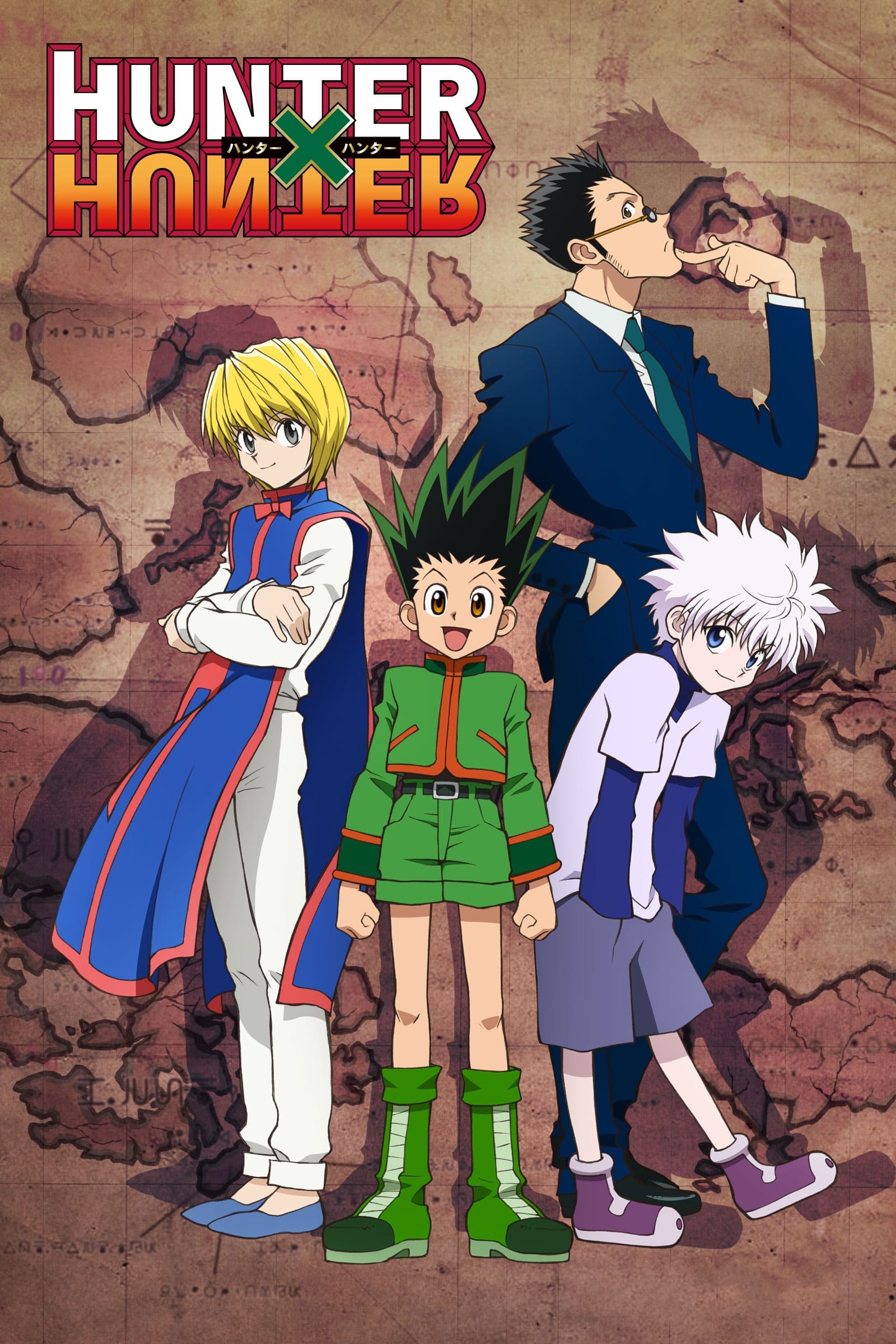
The anime series *Madhouse* is based on Yoshihiro Togashi’s manga and features story arcs that move between different settings, like an exam, auctions, a tower, and a long-running adventure focused on unique abilities. The show’s power system relies on agreements and limitations, clearly defining what abilities cost and what they can do – a technique that helps keep the rules consistent and understandable for viewers.
As a film buff, I’m really intrigued by how this project can focus on either the exam or Yorknew City storylines – both offer amazing potential for visually interesting settings like bustling cityscapes, hidden underground markets, and intense tournament arenas. What’s cool is the main group of characters feels really well-rounded, and the story can shift smoothly between adventurous moments and thrilling suspense. This gives the filmmakers freedom to create a realistic, gritty world, and then really *make* the special effects count when showcasing each character’s unique powers.
‘Naruto’ (2002–2017)

Studio Pierrot brought Masashi Kishimoto’s popular manga to life in the original anime series and its sequel, ‘Shippuden,’ exploring themes from ninja training to global conflicts and complex village dynamics. The series includes hundreds of episodes and several movies, featuring a large cast of characters, unique fighting styles, and powerful mentors.
The story could center around events during the Chunin Exams or a mission to recover something, limiting the settings to fighting arenas, forests, and secret bases. Costumes will draw on clan designs and village symbols that are simple to make for many people, and action sequences will use practical wire work and dynamic camera angles to showcase martial arts. Special effects will be used sparingly to emphasize key ninja techniques.
‘Neon Genesis Evangelion’ (1995–1996)
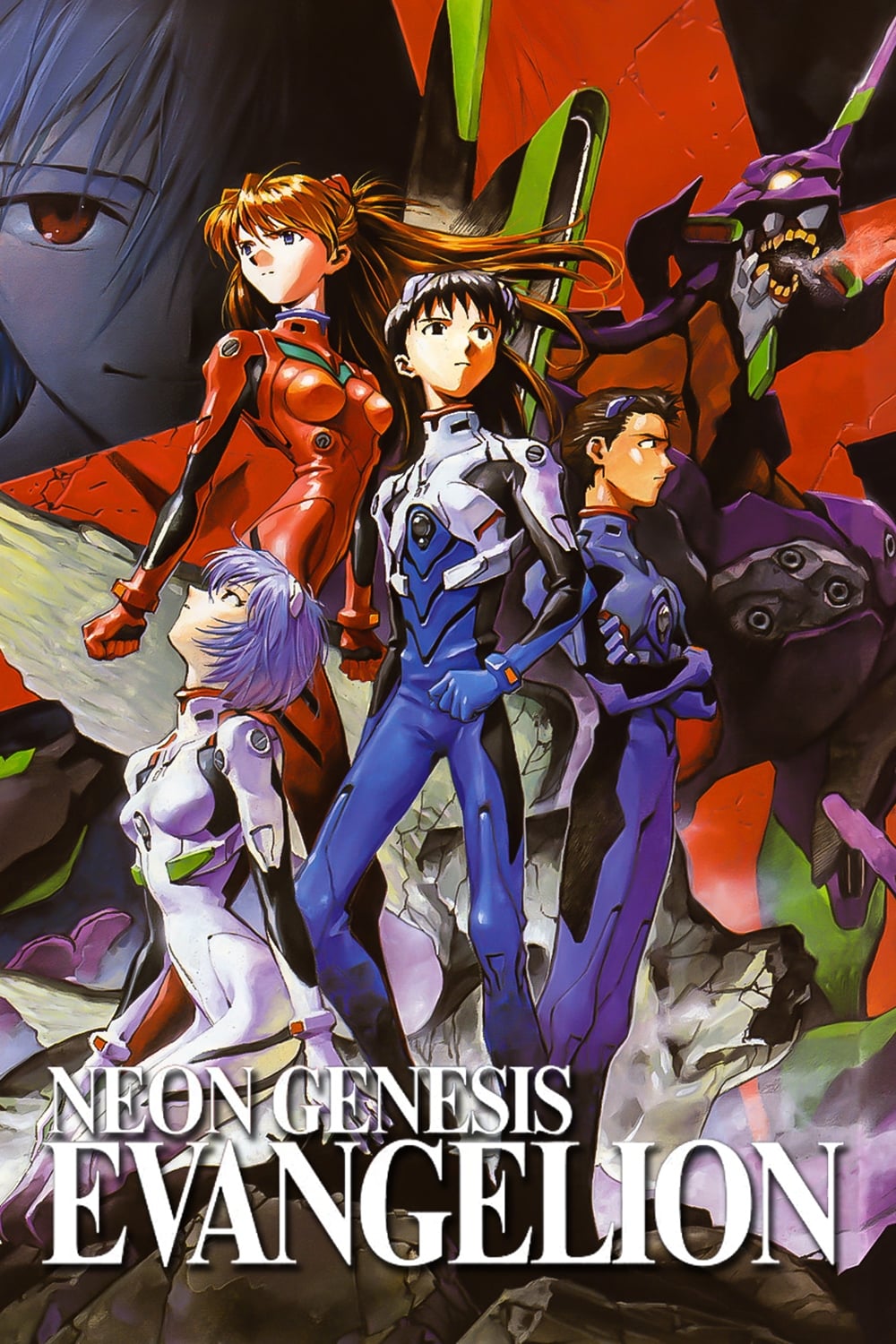
Gainax created this influential series following teenagers who pilot giant robots to fight mysterious creatures called Angels. The show explores the intense emotional and psychological challenges they face, along with a web of secrets. Later, the franchise released a series of films that retold the story with updated visuals and a more expansive world.
Filming can take place in existing industrial buildings like command centers, shelters, and hangars. City emergency plans and practice drills help manage crowds during filming, and special effects are used to show limited interactions with the Angels. The story is grounded in realistic scenes inside cockpits and the actors’ performances in the suits they wear.
‘Akira’ (1988)
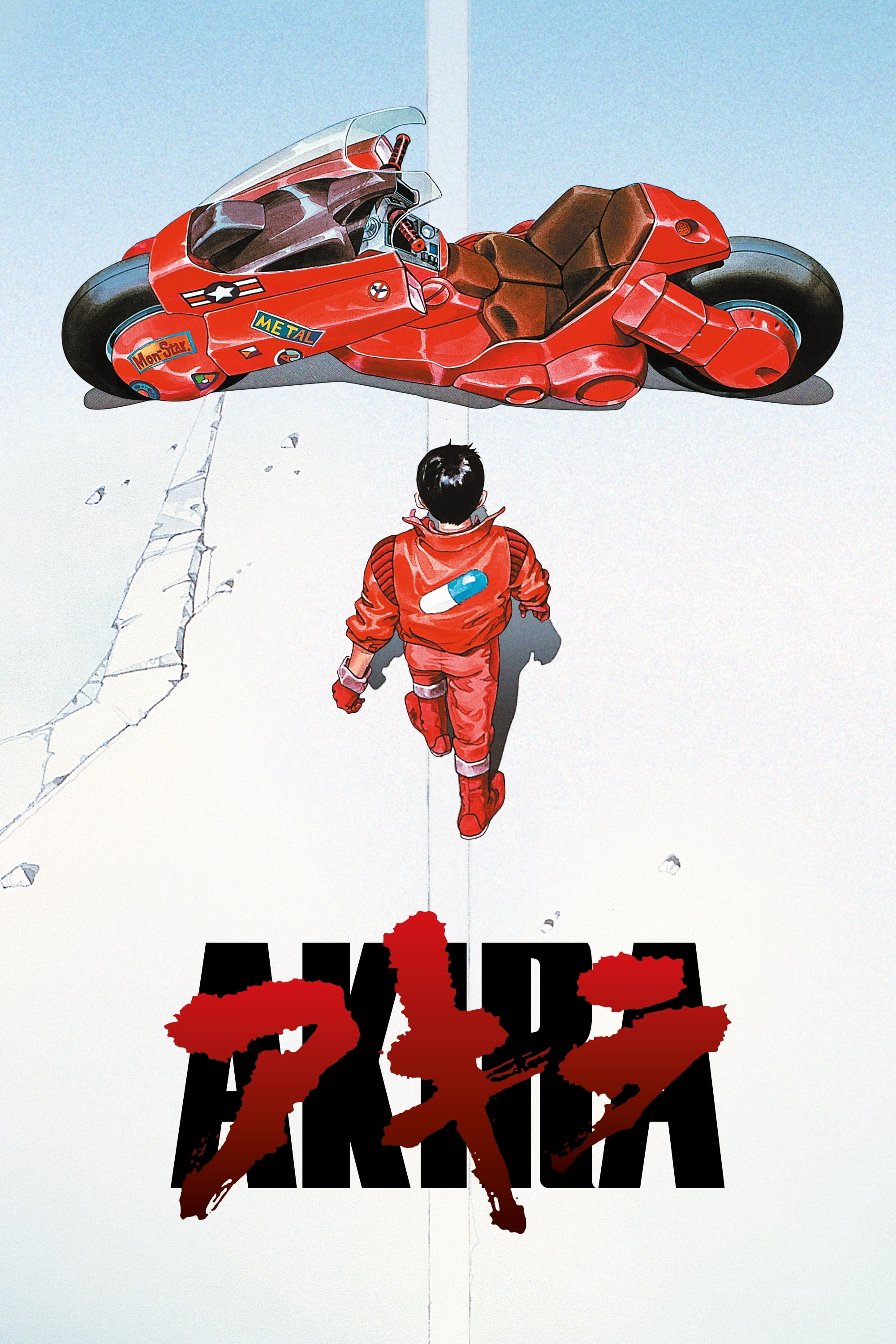
Directed by Katsuhiro Otomo, this anime film takes place in a rebuilt Tokyo after a devastating disaster linked to psychic abilities. The story centers on a conflict between biker gangs that grows into something much larger, involving government experiments and widespread destruction of the city. The film’s visual design continues to inspire animators and filmmakers today.
Several major studios have considered making a live-action adaptation of this story, which is based on a manga series that delves deeper into the characters and world-building. The visual style will feature motorcycles, military bases, and vibrant cityscapes, and special effects will combine practical models with digital technology to recreate the story’s famous destruction and energy displays.
‘Ergo Proxy’ (2006)
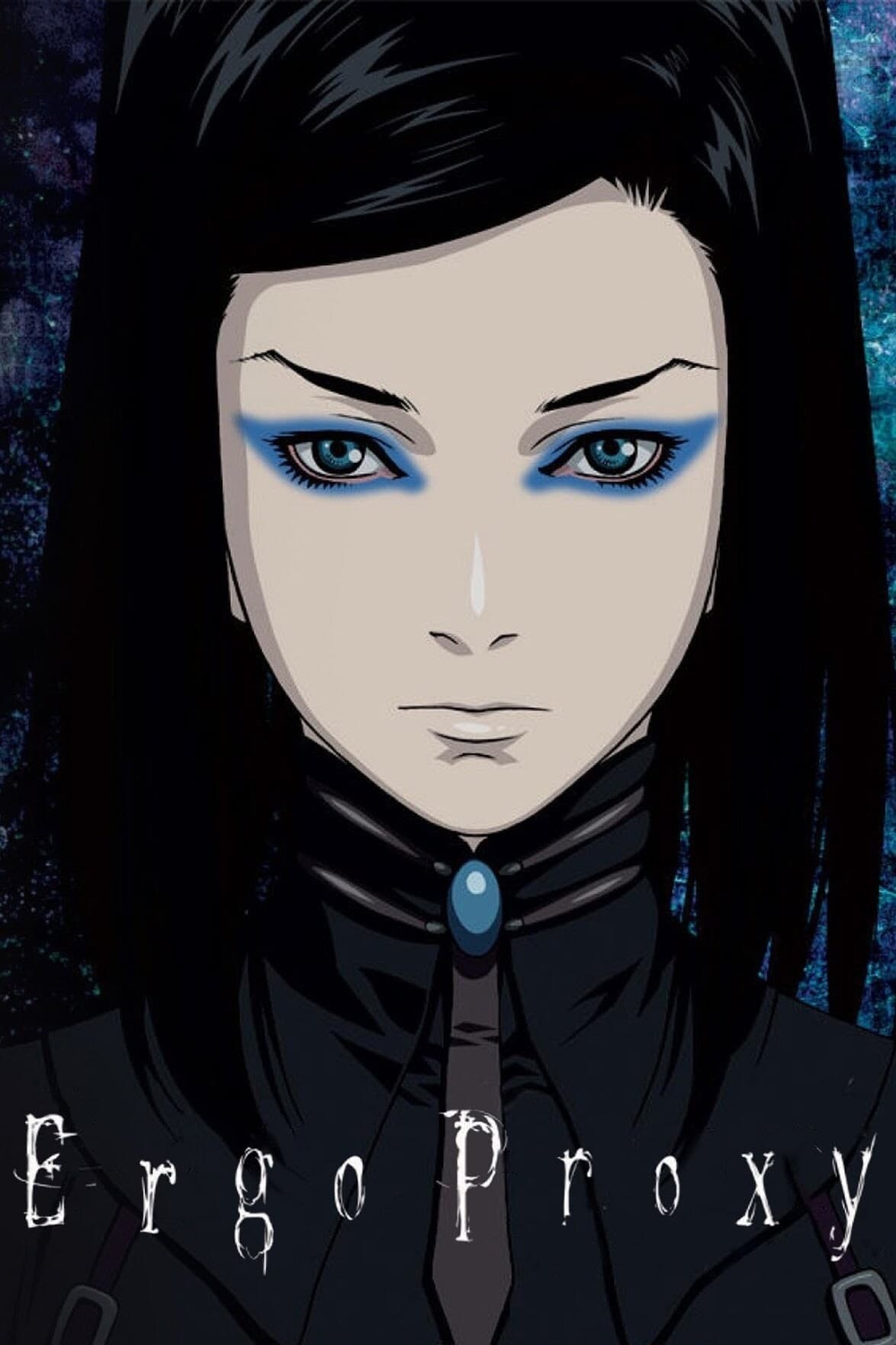
This science fiction series, created by Manglobe, blends philosophical ideas with detective mysteries. Set in a world of enclosed cities and desolate wastelands, the story centers on a young inspector and a highly advanced android. Each episode follows them as they investigate themes of identity and control, moving between laboratories, apartment buildings, and underground tunnels.
Filmmakers can streamline production by primarily setting a movie in one city, with only a few scenes filmed elsewhere. Costumes are often simple – think uniforms or well-worn clothes – and special effects are used selectively to create atmosphere, show key details, or briefly feature creatures. This approach relies heavily on sound and lighting to establish the overall mood and feeling of the film.
‘Frieren: Beyond Journey’s End’ (2023–2024)
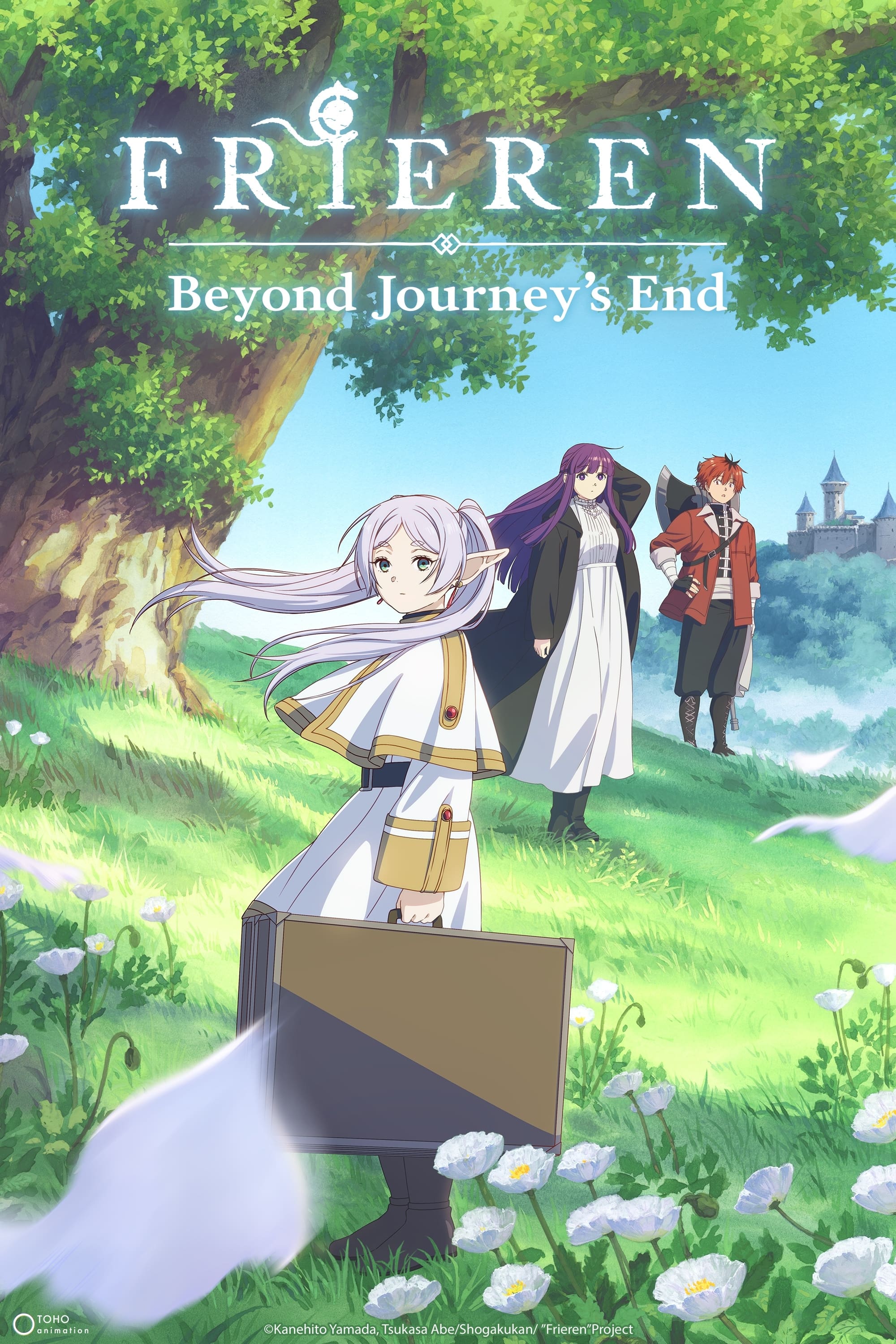
This anime is based on a manga by Kanehito Yamada and Tsukasa Abe, and tells the story of an elf mage who lives much longer than her companions. She revisits the places they traveled together, trying to understand the meaning of their shared adventures. The animation studio Madhouse paid close attention to details like the changing seasons and cozy settings to create a thoughtful and introspective atmosphere.
The manga won a prestigious bookstore award, boosting its popularity before the anime adaptation aired. The anime can focus on one part of the story, weaving together current travels with short flashbacks. This approach simplifies production by using fewer characters and locations, while still exploring the story’s themes through letters, mementos, and familiar places.
‘Rurouni Kenshin’ (1996–1998)

This historical drama is based on a manga and follows a retired assassin who promises to never kill again. Set in early Meiji-era Japan, the story takes place in various locations like countryside hospitals, traditional inns, and bustling city streets, and features sword fights that focus on skillful movement and technique.
The story is set in a historical period and utilizes readily available props like kimonos and swords from rental companies and studio sets. Each story arc features villains who have personal connections to the heroes and understandable motivations-like defending their martial arts school or thwarting a plot-which drives a roughly two-hour narrative filled with training, rising action, and a climactic fight.
Share the anime you would put on the big screen in the comments.
Read More
- Silver Rate Forecast
- Gold Rate Forecast
- Красный Октябрь акции прогноз. Цена KROT
- Navitas: A Director’s Exit and the Market’s Musing
- Unlocking Text Data with Interpretable Embeddings
- VOOG vs. MGK: Dividend Prospects in Growth Titans’ Shadows
- XRP’s Wrapped Adventure: Solana, Ethereum, and a Dash of Drama!
- Itaú’s 3% Bitcoin Gambit: Risk or Reward?
- Investing in 2026: A Tale of Markets and Misfortune
- Ethereum’s $3K Tango: Whales, Wails, and Wallet Woes 😱💸
2025-09-17 17:48